Application Scope of Manual Screen Changers
The application scope of manual extrusion screen changers is relatively broad, primarily concentrated in high-viscosity melt extrusion production scenarios across various industries. By manually switching filter screens to remove impurities, they ensure production continuity and product quality. Below are their specific applications:
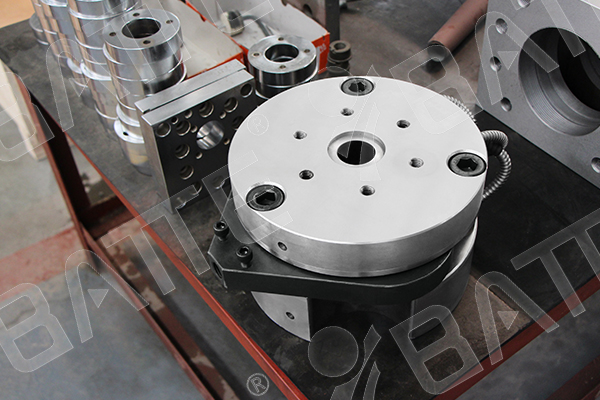
1. Plastic Processing Industry
Plastic Extrusion Molding
Film Production: In the manufacturing of cast films (CPP/CPE) and blown films (PE/PP), manual screen changers can remove gel particles or impurities from raw materials, ensuring film transparency and mechanical strength.
Pipe/Profile Extrusion: Used in the production of PVC, PE pipes, or profiles, they filter out undissolved substances in the melt to avoid extrusion defects (e.g., surface pits, fractures).
Sheet/Panel Manufacturing: In PS, ABS sheet extrusion, impurities are intercepted by the filter screen to enhance the surface finish and dimensional stability of the products.
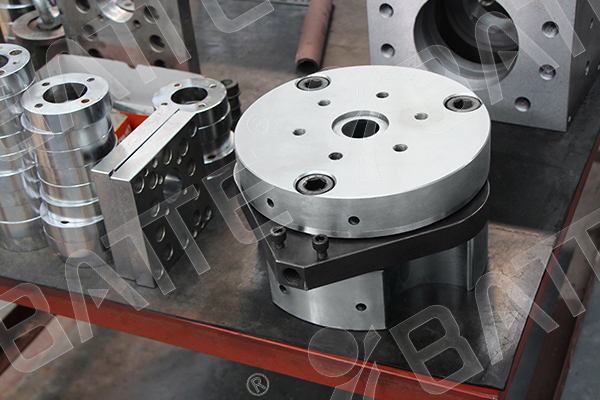
Plastic Recycling and Modification
Recycled Plastic Processing: During the melt extrusion of recycled waste plastics (e.g., PET flakes, PP woven bags), manual screen changers effectively separate metal debris, sand, and other impurities, reducing equipment wear.
Masterbatch Granulation: Used in the extrusion granulation of color masterbatches or functional masterbatches, they filter pigment agglomerates or additive residues to ensure uniform dispersion of colorants.
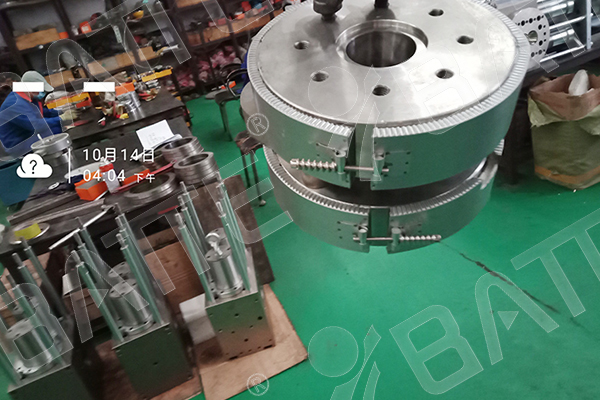
2. Rubber Processing Industry
Tire Tread/Sidewall Extrusion: During the extrusion of natural rubber or synthetic rubber (e.g., SBR, BR), manual screen changers filter carbon black agglomerates or fibrous impurities to avoid surface defects on tires.
Rubber Seal Strip Production: Used in the extrusion molding of EPDM, NBR rubbers, they remove residual vulcanizing agents or undispersed additives through the filter screen, enhancing the aging resistance of seal strips.
Rubber Compound Filtration
Compound Pretreatment: After discharging from the internal mixer and before processing in the open mill, manual screen changers can further filter hard particles in the rubber compound, preventing damage to subsequent processing equipment (e.g., calenders).

3. Chemical Fiber Spinning Industry
Melt Spinning
Polyester (PET) Filament/Staple Fiber: By installing a manual screen changer before the spin pack, it filters oligomers or impurities after melting polyester chips, reducing filament breakage and improving fiber strength.
Nylon (PA6/PA66) Spinning: Used in nylon fiber production, it intercepts molecular chain degradation products or catalyst residues through the filter screen, ensuring uniform dyeing of fibers.
Functional Fiber Manufacturing
Flame-Retardant/Antibacterial Fibers: In melt spinning with added flame retardants or antibacterial agents, manual screen changers filter undissolved functional additive particles to avoid white spots or holes on the fiber surface.
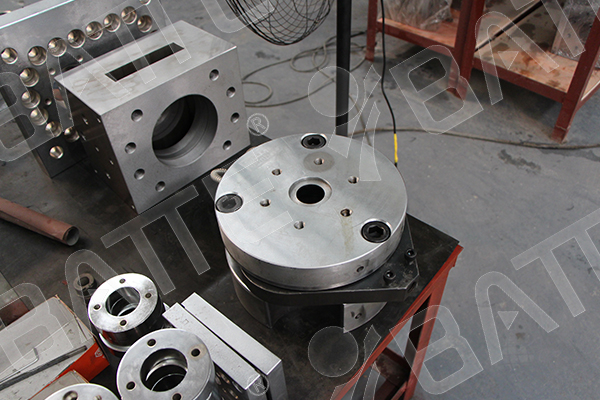
4. Processing of Other High-Viscosity Materials
Hot-Melt Adhesive/Adhesive Extrusion
In the extrusion coating of EVA, PUR hot-melt adhesives, manual screen changers remove gels or cross-linking by-products from raw materials to prevent glue head clogging.
Food Packaging Material Extrusion
Multilayer Co-extruded Films: During the production of high-barrier food packaging films (e.g., PA/EVOH/PE), manual screen changers filter impurities in each melt layer to ensure the hygiene, safety, and barrier properties of the packaging materials.
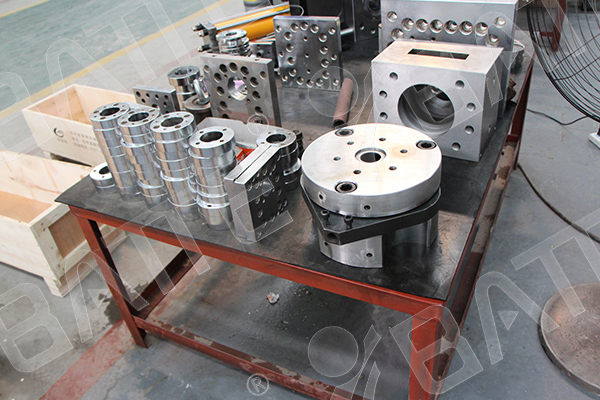
Cable Insulation Layer Extrusion
In the extrusion of XLPE (cross-linked polyethylene) or PVC cable compounds, they intercept cross-linking by-products or PVC heat stabilizer residues through the filter screen, improving the electrical performance and temperature resistance of cable insulation layers.
Email: sale@meltpump.com
WhatsApp: +86 158 38331071